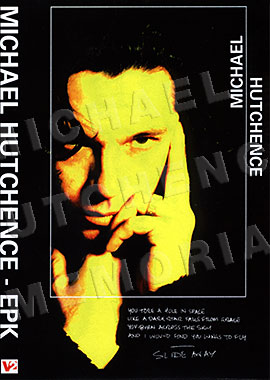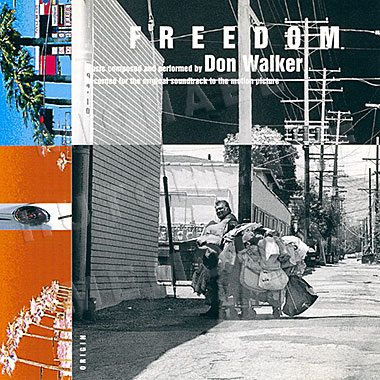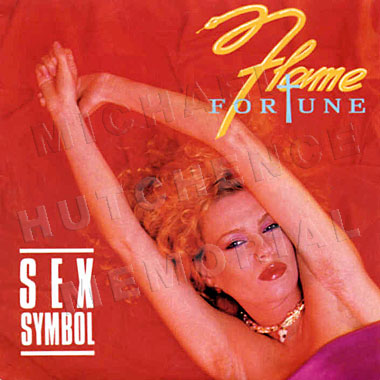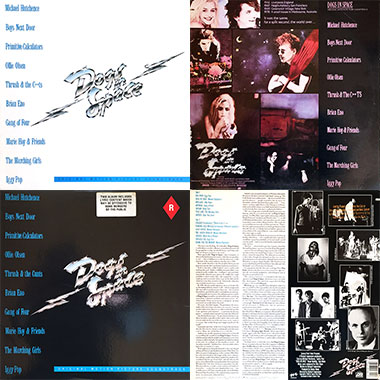Click/tap in the center of the image to start the song.
During 2007 a team of professional musicians, engineers and producers combined forces to produce a unique version of one of Michael Hutchence’s final and finest compositions, the beautiful “Possibilities”. This is now exclusively presented as a very special tribute to Michael on his birthday in the tenth anniversary of his passing.
The Possibilities Project team included:
Katia Floreska, vocals.
Katia is a very experienced vocalist having fronted several named bands in New York City, including Todd Rundgren’s Utopia. She is a regular at the acclaimed “Joe’s Pub” in New York City and has a catalogue of original solo recordings. Katia is a huge Michael and INXS fan and this project has very much been driven by her passion to record one of Michael’s solo songs as a lasting tribute.
Roger Fife, bass and guitars.
Producer/ instrumentalist, Roger Fife is originally from the UK but spends most of his time in New York City where he has collaborated with numerous artists as guitarist, producer and engineer, including Antony and the Jonsons, The Assassins, Tricky, Cyndi Lauper The Orphans, Butterfly Child, Maxi Geil and Playcolt, Misty, Lieselle, Rebecca Pidgeon, Kevin Salem, Only Now Existing, Mar Project, Ruby Blue, and many more.
John Havlicek, keyboards.
John is a talented and experienced singer/songwriter/engineer/producer from New York. He was awarded Artist of the Year 2003 at Songramp selected from 15,000 other composers. He is highly and widely respected as a composer/engineer/performer.
Pete Generous, drums.
Pete is an experienced drummer and engineer who has toured extensively throughout the USA and Europe with numerous headline acts. Pete runs his own studio in the US and daily records drum tracks for artist around the world. He and John Havlicek have collaborated on numerous projects and he remains a highly sought after session drummer.
Steve Scott, mixing and mastering engineer.
Steve is an experienced audio engineer and musician who works out of his own studio in the US. He has recorded, mixed, and mastered material for numerous artists and remains very active in recording and fostering new talent.
(Dennis) Ian Patterson, producer.
Ian has performed as guitarist with numerous Australian and international headline acts as well as helped foster the careers of numerous young Australian artists including Dave Leslie, Craig McLachlan, Lee Gunness and Mick Hart. He currently resides in London where he is a musical director. He initiated the official Michael
Hutchence Memorial site in 1998 with Kelland Hutchence and Mario Ferrari and remains an active Co-Director.
Mario Ferrari, artistic direction, multimedia.
Mario and Jacqui Ferrari head up their own publishing company in Switzerland and have produced numerous promos for web and print for the pop industry. They have played a major role in elevating Michael’s Official Memorial to an award winning site that has been archived by the Australian National Library as an Australian national treasure. They remain active Co-Directors.
Special thanks to:
Håkan Pontén, Fretless bass and solo instrumental version
Håkan Pontén has worked as a professional bass player, in Sweden as well as abroad, since 1987. He is a former honours student as well as teacher for M.I.T., Los Angeles. Today he’s living and working in Helsingborg in the south of Sweden. Watch for Håkan’s instrumental download version on MH.org coming soon.
Cissi Nyblom, Co-ordinator for Possibilities Project, assistant to Directors.
Cissi resides in Sweden and has been a loyal fan of Michael and INXS for many years. She is a busy equestrian and runs her own internet business as well as act as manager for her partner, bass player Håkan Pontén.
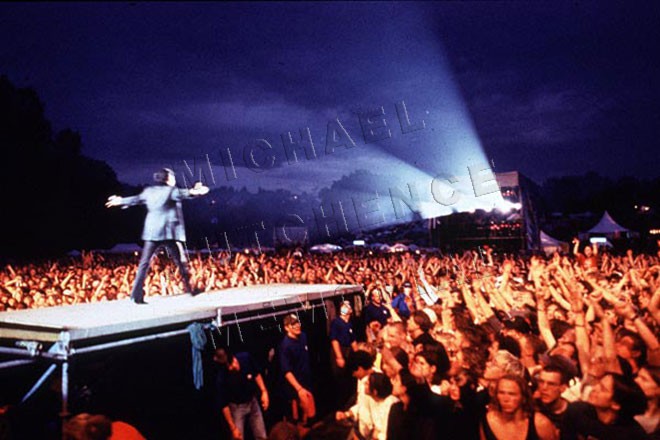
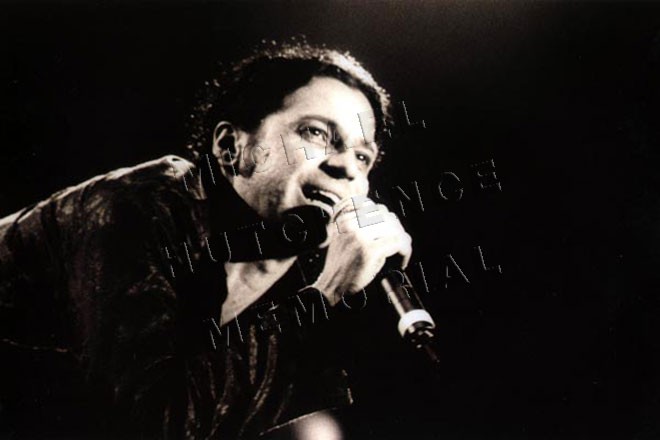
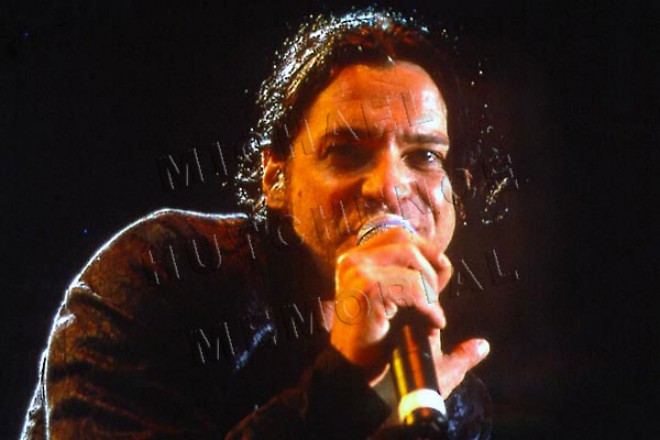
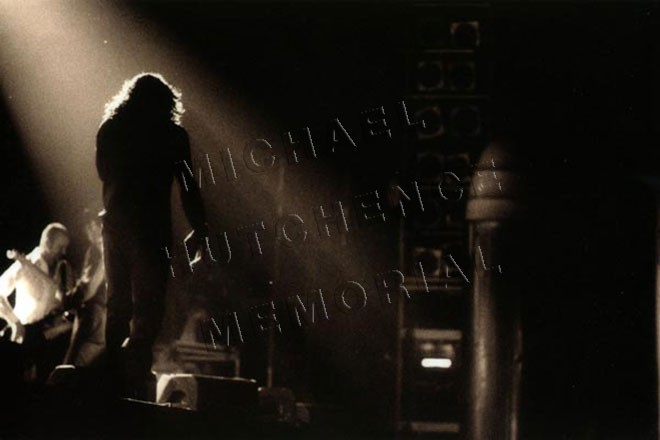
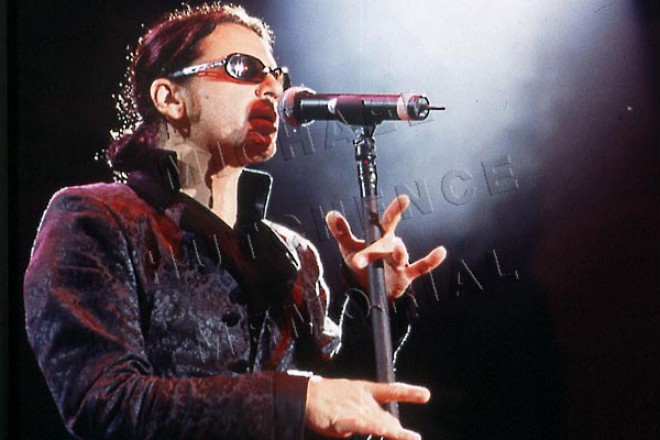
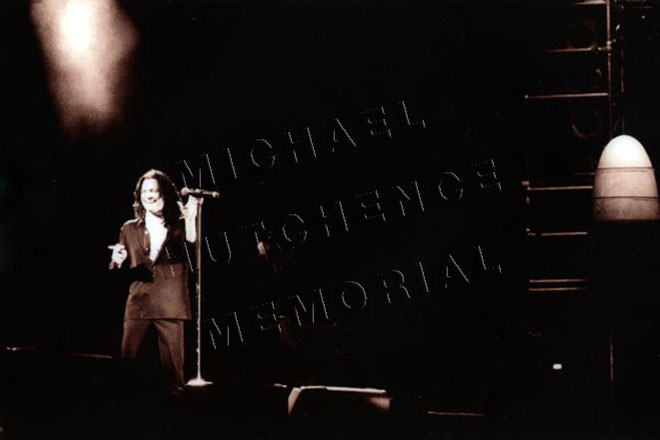
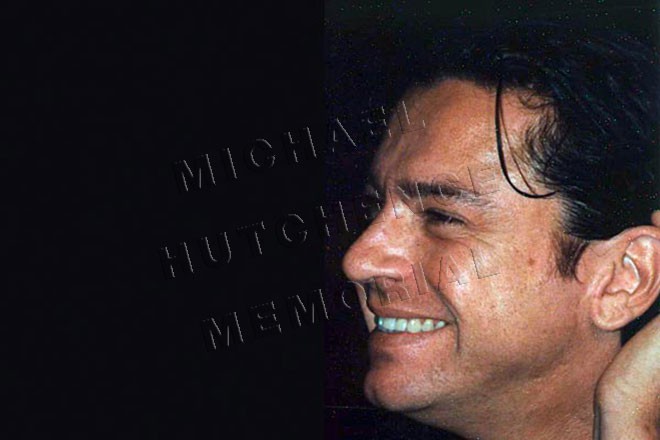
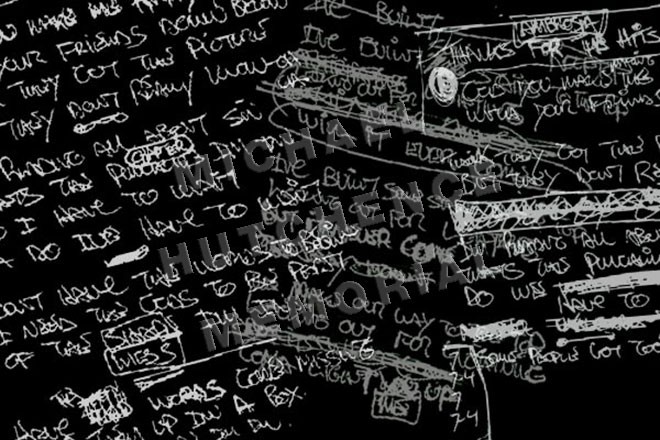
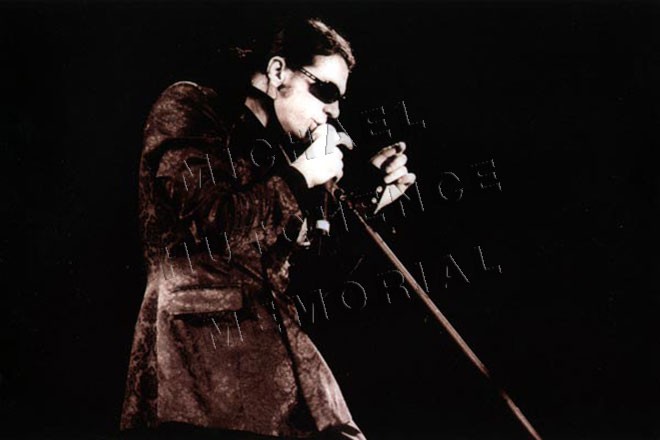
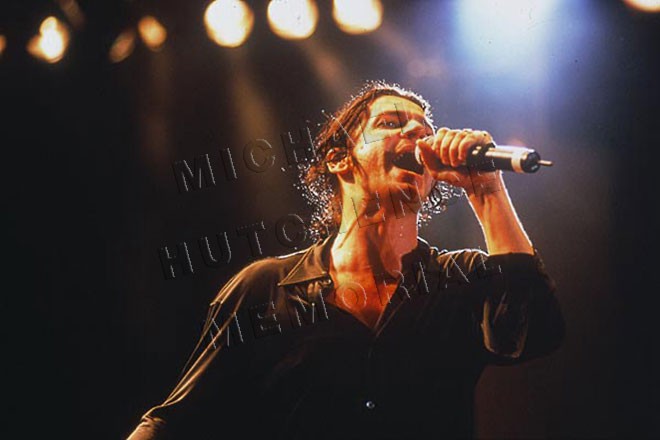
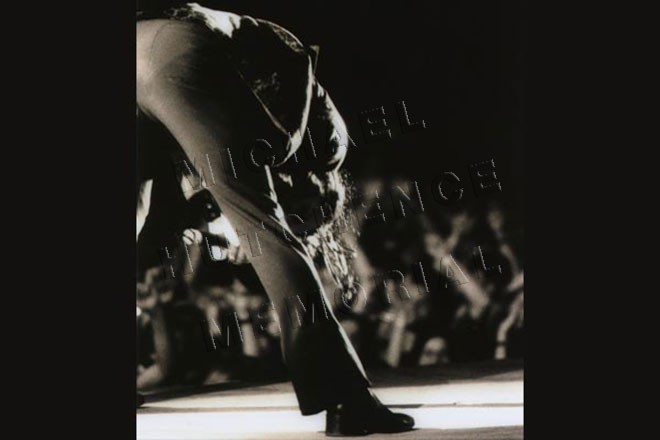
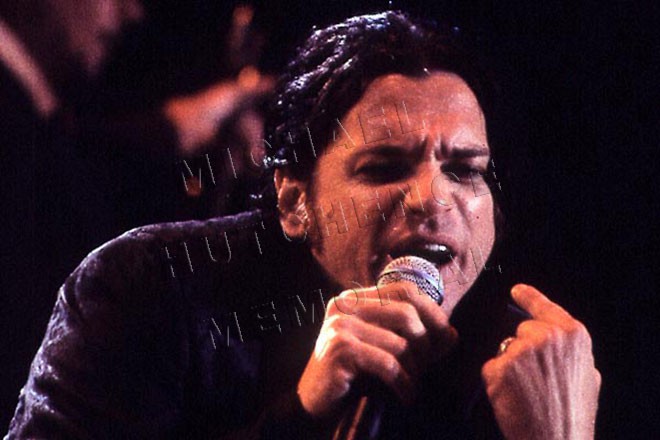
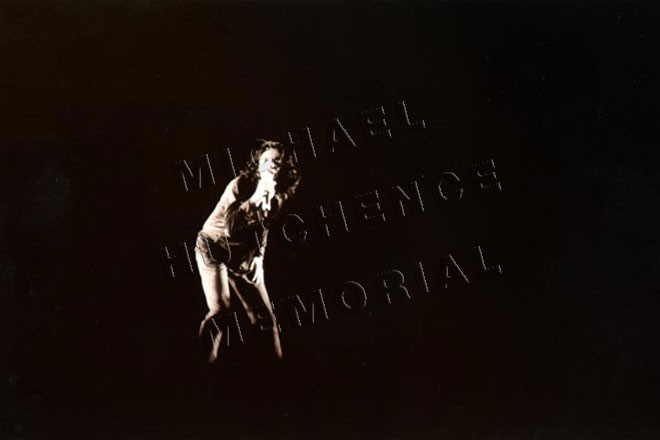
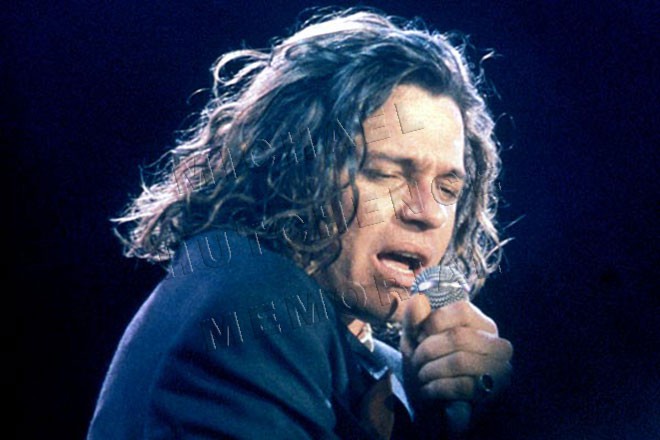
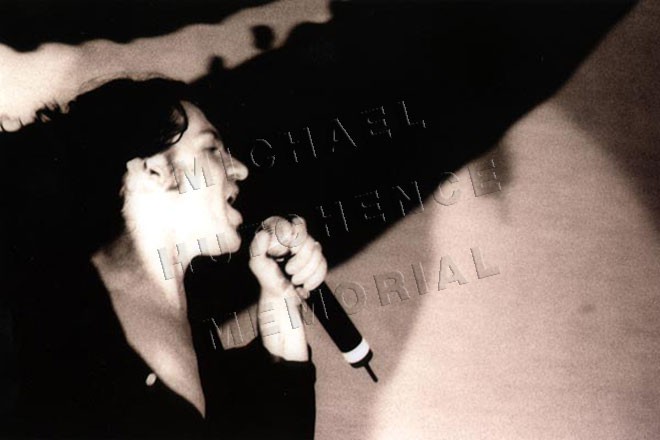
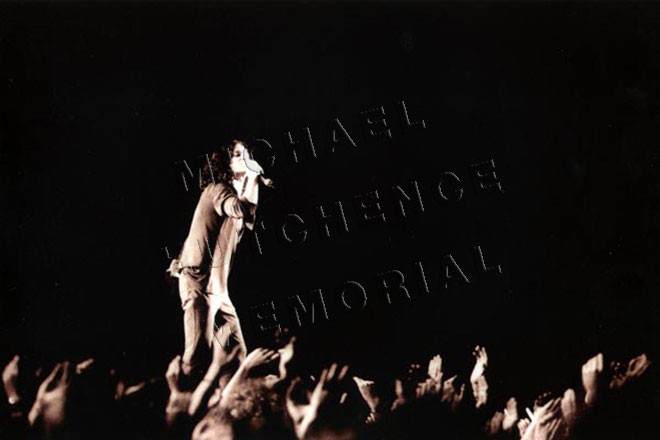
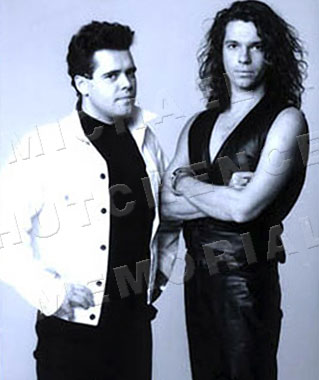
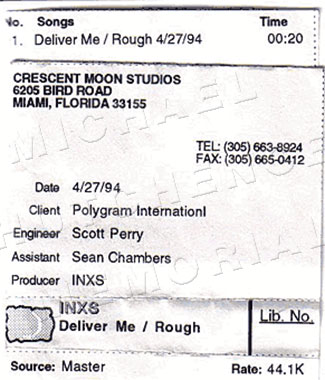
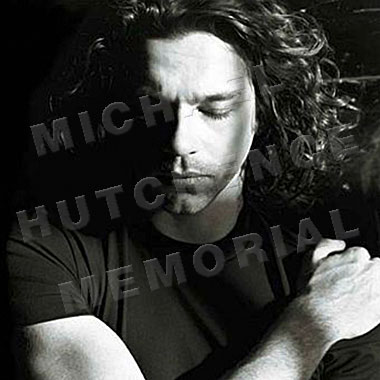

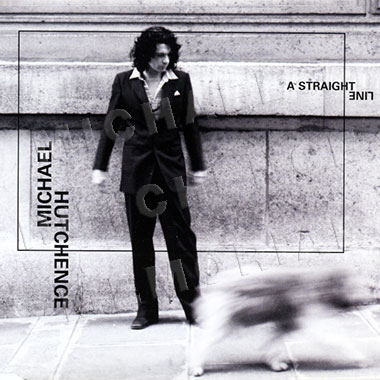 The first single, A Straight Line, received its world premiere on Australian radio on Monday September 13, 1999 gaining immediate massive radio airplay, and becoming the #1 most added record in Australia w/c September 20. The single was released commercially on September 27, and was backed by another new track Standing On The Rooftop (not featured on the album), and a cover of the Iggy Pop track The Passenger, originally recorded in 1995 with Tim Simenon for the Batman Forever soundtrack. A video for A Straight Line has been completed by US director SA Baron (Whitney Houston, Public Enemy) and premiered on Australian television on September 25.
The first single, A Straight Line, received its world premiere on Australian radio on Monday September 13, 1999 gaining immediate massive radio airplay, and becoming the #1 most added record in Australia w/c September 20. The single was released commercially on September 27, and was backed by another new track Standing On The Rooftop (not featured on the album), and a cover of the Iggy Pop track The Passenger, originally recorded in 1995 with Tim Simenon for the Batman Forever soundtrack. A video for A Straight Line has been completed by US director SA Baron (Whitney Houston, Public Enemy) and premiered on Australian television on September 25.